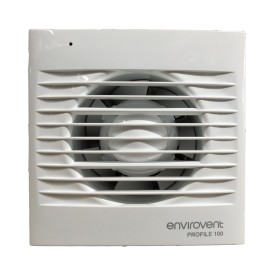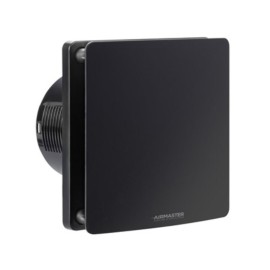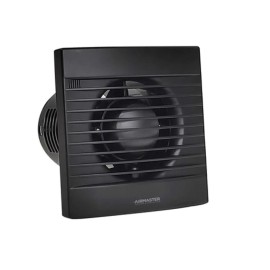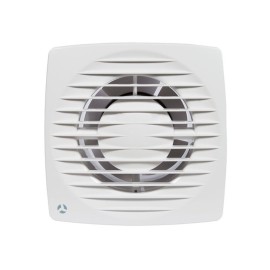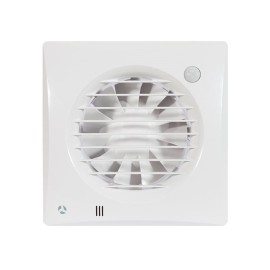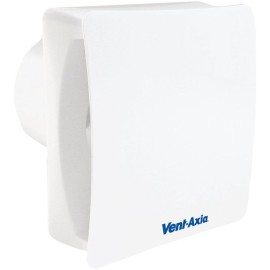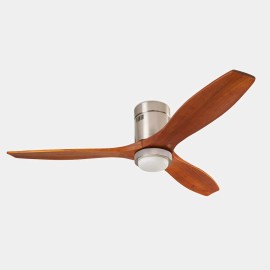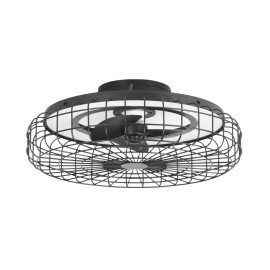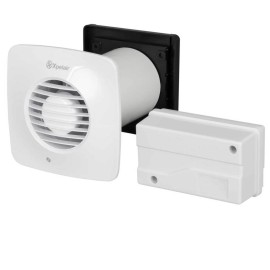
How Ventilation can help Tackle Allergies, Asthma, Hay Fever, and Pet Dander
Asthma is a long-term condition that affects your airways, which transport air in and out of your lungs. Sufferers of asthma have sensitive airways that are inflamed and ready to react when they come into contact with certain airborne particles. When asthma is triggered there will be a varying degree of symptoms. These include the tightening of the airways, so they become more narrow. The lining of these airways will become inflamed and start to swell. This will cause mucus or phlegm build up, further narrowing the airways. This is a very serious ailment that can be fatal, in cases of serious asthma attacks. Three people die every day due to this condition. More people die each year due to asthma than cervical and testicular cancer combined. There is no cure for asthma as of yet - only preventative measures, such as asthma inhalers and medicines. A hugely important role in preventing asthma attacks is identifying what causes them and eliminating these threats. This is partly achieved with quality ventilation that keeps an environment of clean air around sufferers of asthma. There are other serious allergies that are aggravated by poor quality air such as hay fever, eczema and pet dander. In this article, Sparks will examine how ventilation manufacturers have sought to help with the devastating problems caused by asthma and other allergies.What triggers asthma attacks? Practically any airborne particles that irritate the airways can trigger asthma. These can differ from person to person. Certain asthma sufferers will be more susceptible to triggers than others. There are many common causes of asthma triggers around the house. These include: House dust mites. Tobacco smoke. Animal fur. Mould and fungi. Pollen. Humid, dry air. Stress. There are preventative measures needed to stop these triggers, which include medicines, lifestyle advice and avoiding the triggers altogether. When looking at the list of main factors that cause asthma attacks, it is clear good ventilation is probably the best preventative measure. How ventilation can help prevent asthma and eczema: tackling dust mites Dust mites are the primary trigger for asthma sufferers. Researchers estimate they may cause up to 80% off all asthma attacks, as well as countless cases of eczema. Eczema is a condition that causes your skin to become itchy, red, dry and cracked. It is a chronic condition for most people who have it. As you may be able to infer from their name, dust mites thrive in dusty, unclean environments. Their main breeding ground is in unwashed bedding and unclean carpets. Their only source of water is from the air so they can only live in areas where humidity is relatively high. The higher the levels of humidity, the easier it is for them to breed. The fastest and most efficient way to reduce the population of dust mites in your home is by providing great ventilation. Envirovent sells a range of ventilation systems for all areas of your home. They are best situated to combat dust mites anywhere where there is bedding, curtains and carpets. Their ventilation systems provide constant fresh air to decrease humidity levels within the home. Controlling dust mite population will help asthma and dust mite sufferers alike breathe far easier. There are other simple methods for getting rid of dust mites: Wash your bed linen every week at 60 degrees. Use specially designed 'allergy' covers for your pillows, duvet and mattresses. Clean and vacuum your home on a regular basis. Allow fresh air in through the windows Consider installing a whole house ventilation system to supply a continuous source of fresh, filtered clean air. By keeping your home well ventilated you are driving humidity levels down. This decreases the dust mite population of your house: a strong step in tackling asthma and eczema triggers. How ventilation can help tackle hay fever Hay fever is a widespread allergy which affects approximately 1 in 5 people in the UK and is caused by an allergic reaction to pollen in the air. Hay fever is normally associated with grass or hay pollen, the most common being grass pollen. Grass pollen tends to affect people each year from late spring to early summer. Of course, grass pollen is not the sole cause of hay fever by any means. Tree pollen usually triggers reactions in sufferers from early spring to late spring. Meanwhile, nettles and docks (weed pollen) pollinate from early spring until early autumn. This means summer is not an exclusive season where hay fever symptoms may hit. Due to its seasonal nature. hay fever is also known as seasonal allergic rhinitis. It is made more manageable than asthma as its triggers can be predicted by the time of year. The main symptoms of hay fever are: An itchy nose. Watering eyes. An itchy throat. A blocked nose. Unusual amounts of sneezing. Headaches. An aching face. The symptoms will vary from person to person, and some sufferers may have it ‘easier’ than others, for instance, if they only get watering eyes and a slightly blocked nose. However, for others, the symptoms may be so severe that they will affect their sleep patterns and interfere with their education or work. The main demographic affected by hay fever are children and teenagers. Thankfully, much of the time the condition improves or simply goes away. Unfortunately, if you have one allergy you are more likely to suffer from others. If you have asthma or eczema, there is an increased chance you will develop hay fever (and vice versa). A reliable factor in combating hay fever is the same for asthma and eczema: quality ventilation. Check out Envirovent’s Silent: a range of quiet, eco-friendly extract fans that can placed virtually anywhere indoors. How ventilation can help tackle pet dander Over half the UK’s households have a pet. Unfortunately, allergies to our furry friends are very common, as there are 4.8 million estimated sufferers in the UK. ‘Pet dander’ describes the dead skin cells which animals naturally shed from their bodies. The flakes of skin are triggers which can cause an allergic reaction in some people. Those who are allergic to pet dander often suffer from the following symptoms: Itchy eyes. Constant sneezing. Nasal congestion. Wheezing. Pet allergens are tough to deal with due to their shape and size. They can easily embed themselves in bedding, fabrics and furniture. The following precautions may help with pet dander: Replace carpets with laminated or hardwood floors. Switch curtains for blinds. Make areas such as your bedroom ‘pet free zones’. Always wash your hands after interacting with your pet. Regularly clean the rooms where your pet sleeps. Keep your home well-ventilated and do not allow dust to accumulate. How to prevent ‘Toxic Home Syndrome’ impacting your health Professional Electrician published an article on all these pollutants, which can combine to cause ‘Toxic Home Syndrome’. They advised on Mechanical ventilation with heat recovery (MVHR) as a ‘whole home’ solution. They also recommended de-centralised mechanical extract fans (dMEV) as a: quiet and unobtrusive ventilation option (that)… extracts moist air that causes condensation and mould, and replaces it with clean, fresh air that is circulated internally. Both MVHR and dMEV solutions are available through Sparks, including Envirovent’s many efficient ventilation products.




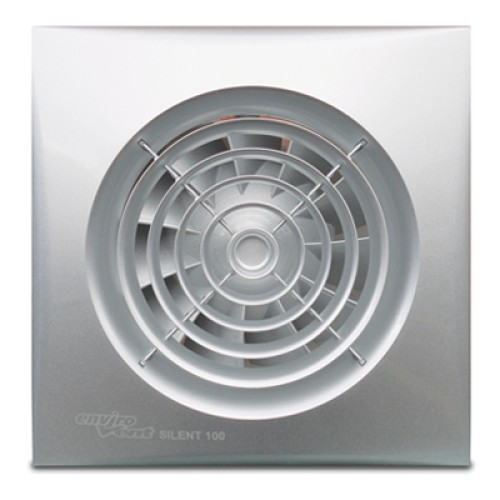
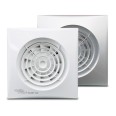
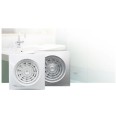
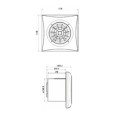

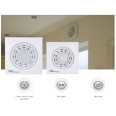

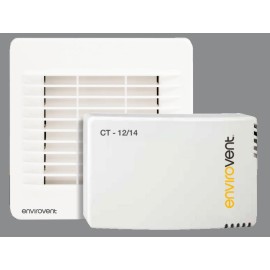
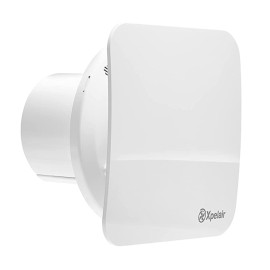

-270x270.jpg)
-270x270.jpg)

-270x270.jpg)
